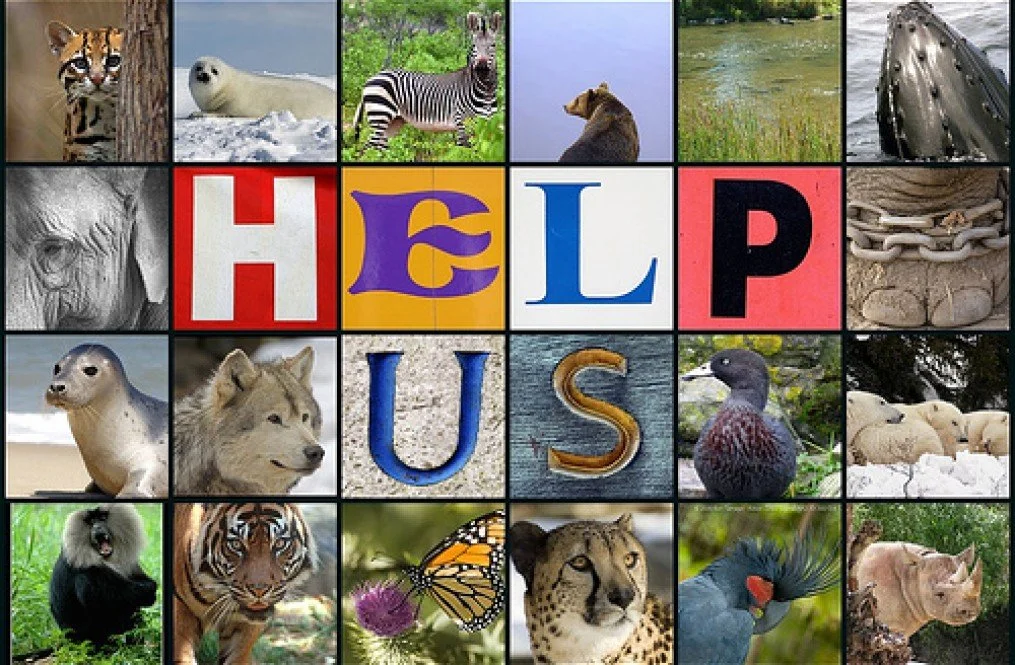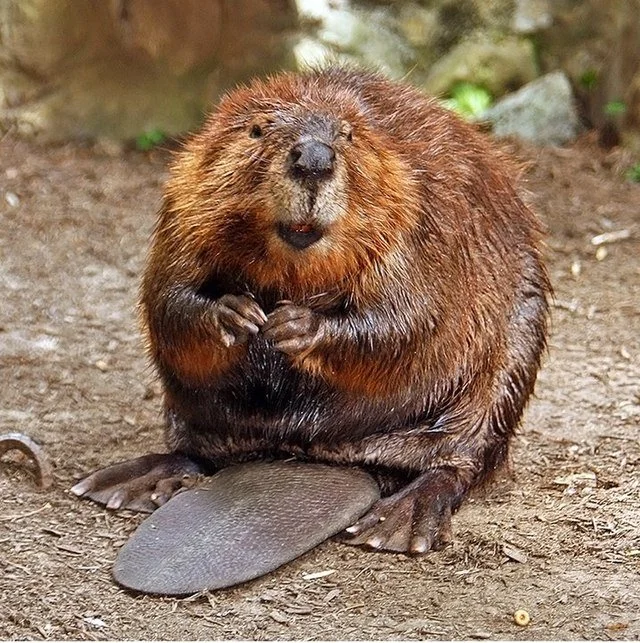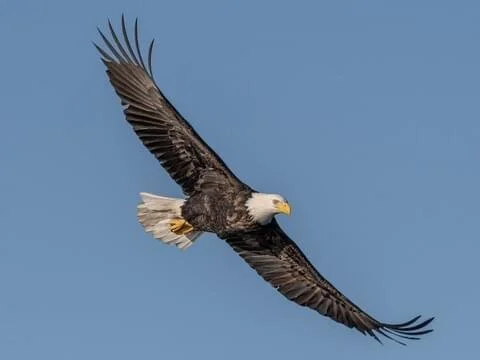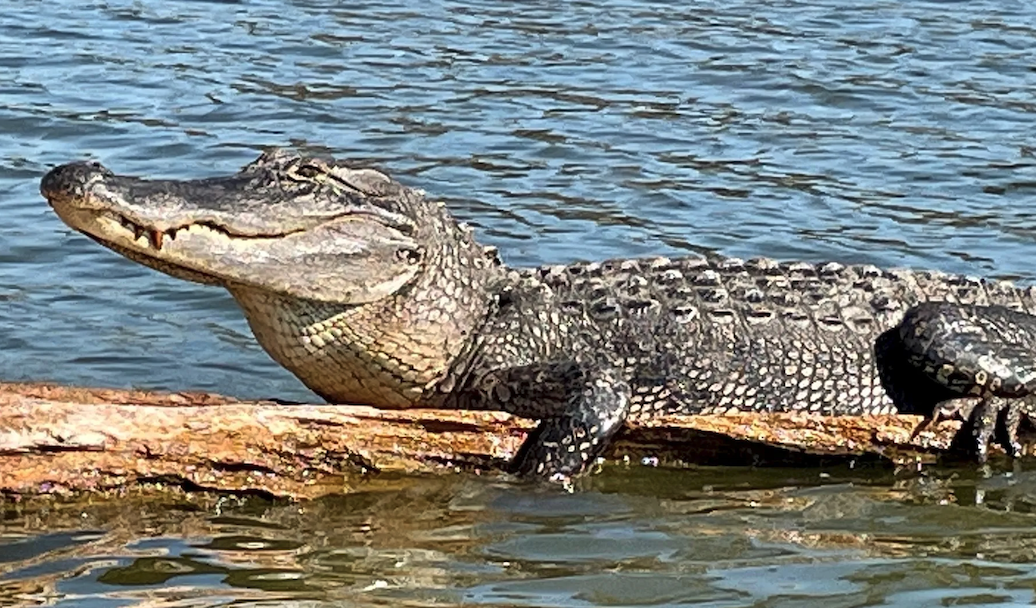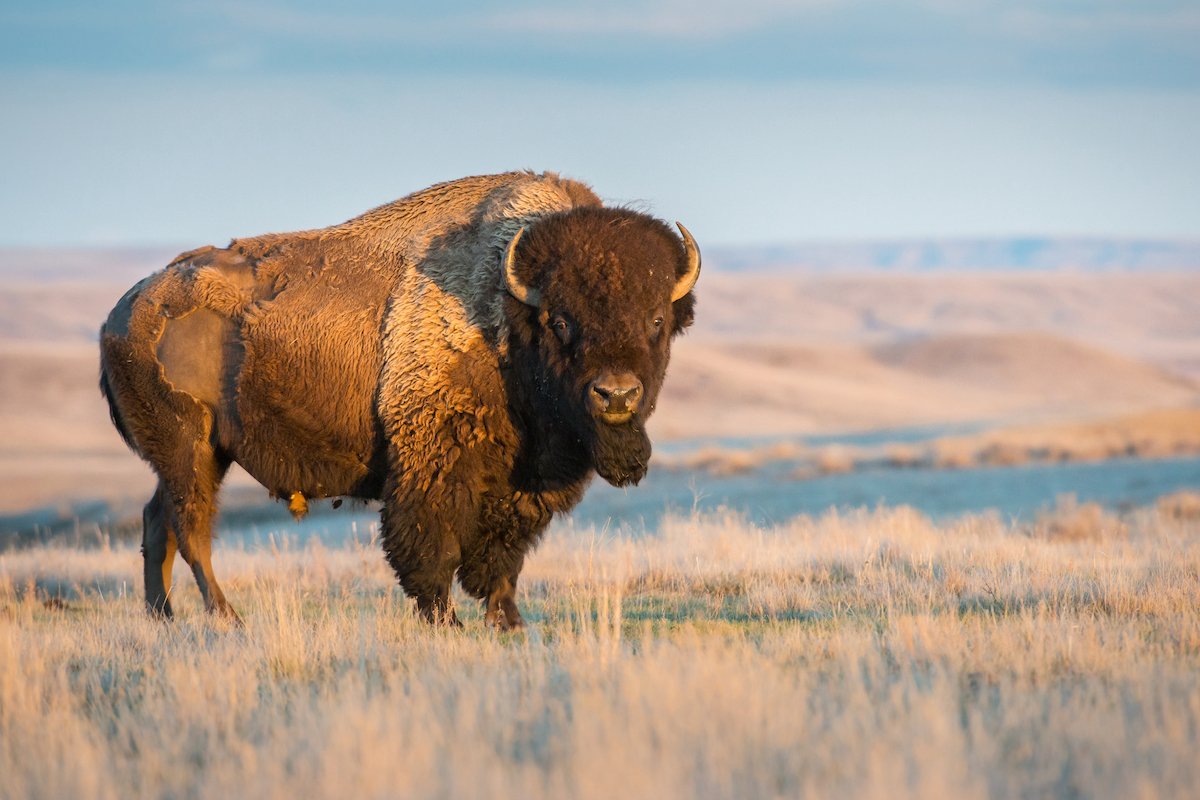SIX ANIMAL COMEBACKS
Animal comebacks are not as common as comebacks staged by people. Our woods and waters still have some 42,000 officially “endangered species.” But here are six that came back from the brink.
BEAVERS: Eager and resourceful, these big rodents once roamed freely across North America. Estimates put the beaver population in the 1500s at 400 million. Then the trappers came. Beaver fur was prized for hats, shawls, and coats, leading to a massive slaughter. By 1900, just 1,200 beavers remained. Luckily for castor canadensis, fashions changed and beaver fur went out of style. Today, there are 15 million beavers plying their trademark engineering skills, building dams and log homes.
BALD EAGLES: Being America’s national symbol offered scant protection for these magnificent raptors. By 1940, only 412 nesting pairs remained in the lower 48. Then Congress passed the Bald and Golden Eagle Protection Act which forbade hunting or shooting either bird. Still endangered, bald eagles made the Endangered Species list in 1967. But conservation efforts continued and today, more than 300,000 bald eagles thrive in nests that are closely watched by conservation agencies and ordinary bird lovers.
ALLIGATORS: A survivor from the age of dinosaurs, the alligator has no natural predators — except us. Once thriving throughout the South, the alligator was hunted to near extinction. In 1967, the giant reptiles made the Endangered Species list. Since then, however, alligators have come roaring back. Today, there are an estimated 1.3 million gators in Florida alone, so many that they are commonly seen on golf courses and roadsides from the Carolinas to south Texas.
BUFFALO: When Ken Burns does a documentary on you, you know you’re doing something right. As the recent PBS documentary “American Buffalo” details, this giant shaggy beast once dominated the Plains. Pioneers crossing the country told of seeing herds that stretched for 30 miles. Then came the wholesale slaughter, reducing the herds from 60 million to just 541 survivors in 1889. American conservationists fought back, protecting the buffalo, and tsoday some 500,000 buffalo live on private land and another 15,000 roam the wilderness.
HUMPBACK WHALES: Before Greenpeace and other conservationists got busy in the 1970s, humpbacks were hunted for their oil and blubber. Then a worldwide campaign led to a moratorium on commercial whaling in 1985. Other species, including the right whale, remain endangered, but humpbacks have come back, now numbering 135,000.
PEREGRINE FALCON: Proud holders of the world animal speed record — 242 miles an hour on their spectacular dives — peregrine falcons once ranged throughout the world. By the mid-20th century, however, DDT and other pesticides had cut their numbers to just a few hundred in North America. The banning of DDT, which reduced the calcium in peregrine falcon eggs, led to their comeback and today, their numbers top 140,000.
